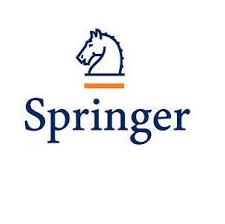9 Summary and Conclusion
This paper aimed at investigating the robustness of ANFIS method for estimating the ultimate axial load bearing capacity of piles using CPT data which is a crucial problem in geotechnical engineering. In this regard, a collection of data was used for the development of the models. The selected database contained information about the pile installation method, pile material, full-scale pile load test and CPT data. However, the model was developed to simultaneously take into account At, As, qcs, f s, qct as input variables obtained from pile load test and CPT results due to the fact that these variables are more meaningful from geotechnical engineering viewpoints. It is well-known that there exist some practical equations to estimate the ultimate axial load bearing capacity of piles based on experimental results obtained by CPT, as was presented in the paper. It should be highlighted that the strength of ANFIS algorithm, as a predictive tool, absolutely lies in its high precision for prediction and approximation purposes; however, the main weakness of ANFIS modeling technique which has scholarly been visited in the existing literature is the fact that it has not been able to generate explicit models or equations which can be used for hand-calculation aims. In other words, ANFIS has been considered as a black-box predictive tool. In this paper, the obtained optimal ANFIS model was converted to an explicit tractable formula which can be used for pile design uses. Additionally, engineers are required to know about the degree of accuracy, the physical behavior of the model, the relative significance of each variable and the validation and verification of the models they use in their computations or calculations.








